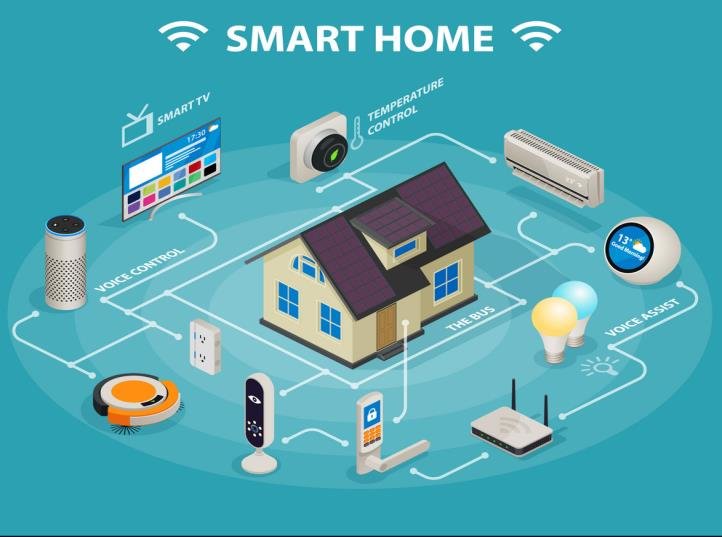The Internet of Things (IoT) has revolutionized the way we live, work, and interact with the world around us. By connecting devices and objects to the internet, IoT has enabled the creation of smart homes and cities, which offer a range of benefits and advantages. In this article, we will explore the advantages of IoT for smart homes and cities and how they are transforming the way we live.
Table of Contents
Advantages of IoT for Smart Homes

Smart homes are equipped with a variety of IoT devices that can be controlled through a smartphone or voice commands. These devices are designed to make our lives easier and more convenient. Here are some of the advantages of IoT for smart homes:
- Increased Energy Efficiency
IoT devices such as smart thermostats and lighting systems can be programmed to automatically adjust settings based on your preferences and schedule. This can help you save energy and reduce your utility bills.
- Improved Home Security
Smart homes are equipped with security cameras, door locks, and alarms that can be monitored and controlled remotely. This can help you keep your home and family safe and secure.
- Enhanced Comfort and Convenience
Smart homes offer a range of features that can enhance your comfort and convenience, such as automated blinds, voice-controlled appliances, and smart entertainment systems.
Advantages of IoT for Smart Cities

Smart cities are designed to use IoT technology to enhance the quality of life for residents and improve the efficiency of city services. Here are some of the advantages of IoT for smart cities:
- Efficient Transportation
IoT technology can be used to optimize traffic flow and reduce congestion, making it easier for people to get around the city. Smart traffic lights, parking sensors, and public transportation systems can all be integrated to improve transportation efficiency.
- Sustainable Energy Management
Smart cities can use IoT technology to monitor energy usage and optimize the distribution of resources. This can help reduce energy waste and promote the use of renewable energy sources.
- Improved Public Safety
Smart cities can use IoT devices to monitor public spaces and detect potential safety hazards. This can help authorities respond quickly to emergencies and improve overall public safety.
Challenges of IoT for Smart Homes and Cities

While IoT technology offers a range of benefits and advantages, there are also some challenges that need to be addressed. Here are some of the challenges of IoT for smart homes and cities:
- Security Concerns
IoT devices are vulnerable to hacking and cyber attacks, which can compromise personal data and privacy. This is especially concerning for smart homes and cities, which rely on IoT technology to control critical systems and services.
- Interoperability Issues
IoT devices from different manufacturers may not be compatible with each other, making it difficult to create a unified system. This can create challenges for smart home and city developers who are looking to create a seamless user experience.
- Data Management
IoT devices generate a large amount of data, which needs to be managed and analyzed to extract meaningful insights. This can be a challenge for smart homes and cities, which need to process data in real-time to optimize their services.
Conclusion
IoT technology has the potential to transform the way we live, work, and interact with the world around us. Smart homes and cities offer a range of benefits and advantages, from increased energy efficiency to improved public safety. However, there are also some challenges that need to be addressed, such as security concerns and interoperability issues. By addressing these challenges and continuing to innovate, we can unlock the full potential of IoT and create a more connected and sustainable world. Learn the IoT Applications in Real Life: How Connected Devices Are Transforming Our World.